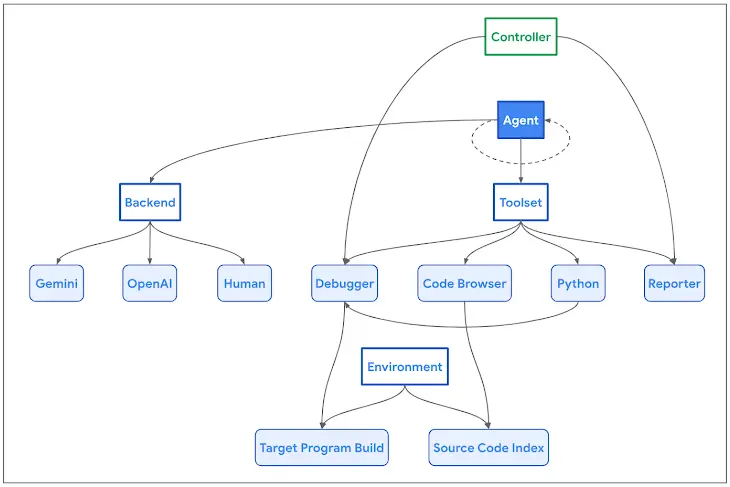Google Introduces Project Naptime for AI-Powered Vulnerability Research
Google has developed a new framework called Project Naptime that it says enables a large language model (LLM) to carry out vulnerability research with an aim to improve automated discovery approaches.
“The Naptime architecture is centered around the interaction between an AI agent and a target codebase,” Google Project Zero researchers Sergei Glazunov and Mark Brand said. “The agent is provided with a set of specialized tools designed to mimic the workflow of a human security researcher.”
The initiative is so named for the fact that it allows humans to “take regular naps” while it assists with vulnerability research and automating variant analysis.
The approach, at its core, seeks to take advantage of advances in code comprehension and general reasoning ability of LLMs, thus allowing them to replicate human behavior when it comes to identifying and demonstrating security vulnerabilities.
It encompasses several components such as a Code Browser tool that enables the AI agent to navigate through the target codebase, a Python tool to run Python scripts in a sandboxed environment for fuzzing, a Debugger tool to observe program behavior with different inputs, and a Reporter tool to monitor the progress of a task.
Google said Naptime is also model-agnostic and backend-agnostic, not to mention be better at flagging buffer overflow and advanced memory corruption flaws, according to CYBERSECEVAL 2 benchmarks. CYBERSECEVAL 2, released earlier this April by researchers from Meta, is an evaluation suite to quantify LLM security risks.
In tests carried out by the search giant to reproduce and exploit the flaws, the two vulnerability categories achieved new top scores of 1.00 and 0.76, up from 0.05 and 0.24, respectively for OpenAI GPT-4 Turbo.
“Naptime enables an LLM to perform vulnerability research that closely mimics the iterative, hypothesis-driven approach of human security experts,” the researchers said. “This architecture not only enhances the agent’s ability to identify and analyze vulnerabilities but also ensures that the results are accurate and reproducible.”
A considerable amount of time and effort goes into maintaining this website, creating backend automation and creating new features and content for you to make actionable intelligence decisions. Everyone that supports the site helps enable new functionality.
If you like the site, please support us on “Patreon” or “Buy Me A Coffee” using the buttons below
To keep up to date follow us on the below channels.




